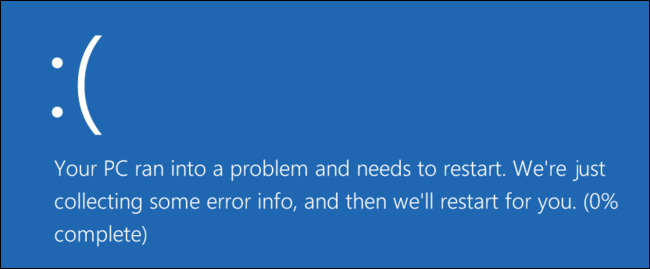
Microsoft hasn’t learned its lesson. If you click the “Check for Updates” button in the Settings app, Microsoft still considers you a “seeker” and will give you “preview” updates that haven’t gone through the normal testing process.
This problem came to everyone’s attention with the release of the October 2018 Update. It was pulled for deleting people’s files, but anyone who clicked “Check for Updates” in the first few days effectively signed up as a tester and got the buggy update. The “Check for Updates” button apparently means “Please install potentially updates that haven’t gone through a normal testing process.”
MIchael Fortin, corporate vice president for Windows at Microsoft, explained that this is still going on in a blog post about Windows 10’s monthly update process on December 10, 2018:
We also release optional updates in the third and fourth weeks of the month, respectively known as “C” and “D” releases. These are preview releases, primarily for commercial customers and advanced users “seeking” updates. These updates have only non-security fixes. The intent of these releases is to provide visibility into, and enable testing of, the non-security fixes that will be included in the next Update Tuesday release. Advanced users can access the “C” and “D” releases by navigating to Settings > Update & Security > Windows Update and clicking the “Check for updates” box. The “D” release has proven popular for those “seeking” to validate the non-security content of the next “B” release.
There it is in Microsoft’s own words. Fortin says “advanced users” can get the preview releases by clicking “Check for updates.” These updates would normally not be automatically installed until they’ve been tested. But, after you click the button, you’ve become a “seeker” and not a normal Windows 10 user.
Once again, Microsoft is using everyone who clicks “Check for Updates” as a beta tester. Don’t click this button unless you want unstable updates. Your Windows 10 PC will automatically install updates as soon as they’re stable.
At the very least, Microsoft needs to provide a warning before Windows 10 users click the “Check for updates” button. Don’t warn people in blog posts that only advanced users will read.
As Woody Leonhard points out over at Computerworld, these extra monthly cumulative updates aren’t tested through the normal Windows Insider process. They’re just tested on your PC after you click the update. And Surface Book 2 owners have seen blue screen errors after installing these “optional” cumulative updates recently, so the stability of these updates is in real question.

Post a Comment Blogger Facebook
We welcome comments that add value to the discussion. We attempt to block comments that use offensive language or appear to be spam, and our editors frequently review the comments to ensure they are appropriate. As the comments are written and submitted by visitors of The Sheen Blog, they in no way represent the opinion of The Sheen Blog. Let's work together to keep the conversation civil.